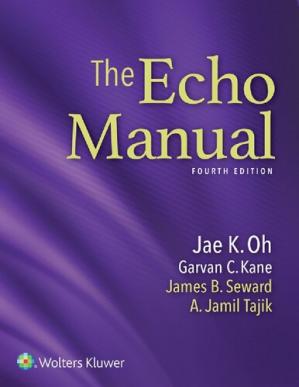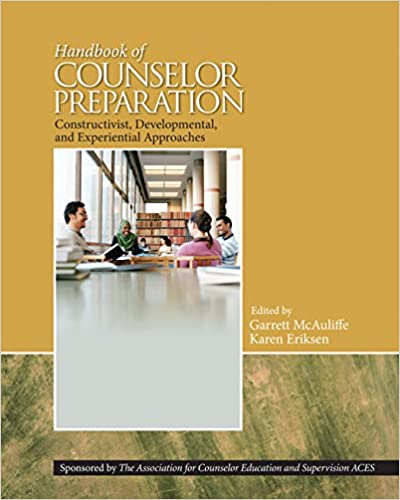
In the ideal the academy is a place where anything can and should be discussed with confidence and vigor; sadly the reality is somewhat different. In fact, many professors and their students live in fear. They are afraid of controversy, conflict, and violence. The mere mention of race, religion, and difference evokes considerable apprehension. Such anxiety results in self censorship, silence, and paralysis. Thus college classrooms that should be characterized by activity, excitement, and the freedom to argue according to one's conscience (to echo John Milton) are often inactive milieus distinguished only by the evident level of formalized boredom.
Students in silent classrooms lack stimulation and suffer from the failure to learn, thrive, solve problems and work together. They often don't know how to relate to each other, the professor, or the subject matter. Rather than blossoming from the growth of insight, they wilt.
Where Has All The Courage (to Teach) Gone?
It is the faculty's responsibility to support academic freedom, to take responsibility, and to demand rigor in reading, research, oral communication, and written expression. It is the faculty's obligation to use all the mechanisms available to them to affirm the individuals' right to know and right to free inquiry.
The faculty should instill in students the idea that learning is inspired by curiosity and that learning inspires hope. Our students should be motivated to explore the unknown, even when it involves their own fears and doubts, their own weaknesses and prejudices, their own beliefs and opinions. Education should impel students to action, discussion, and participation not only in our classrooms but in their lives outside of school. And education should encourage the exploration of new ideas without fear.
Lest you think that I am on my soap box without reason, let me share a recent experience I had as I listened to a large group of faculty, undergraduate teaching assistants and graduate teaching assistants from a variety of institutions in three different states discuss what happens and doesn't happen in their own or other colleagues' classrooms. The age differential in the group was probably from 20 - 60 and the difference in level of teaching experience was from one year as an undergraduate teaching assistant to probably more than 30 as a faculty member.
But They Won't Believe Me Or They'll Yell At Me
A biologist explained how much trouble she had had teaching evolution in a first-year biology class. One of her students had protested loudly, thrown down her pencil, crossed her arms in a huff and refused to participate in any such discussion over the period of a semester. Another professor had given up teaching evolution at all because he couldn't stand dealing with students' complaints. Another feels constrained to couch the entire discussion of evolution within a discussion of the life of the cell so that it will be more acceptable.
An historian portrayed her students' impatience with and disbelief of historical facts regarding the history of African- and Japanese-Americans when it challenged their sheltered views of American history.
A psychologist shared his frustration with trying to stimulate discussion of the issues involved in race and gender. A predominantly white group, his students argue that these issues have nothing to do with psychology, that they make them uncomfortable and that they shouldn't have to discuss them.
And from the department that has been facing similar challenges from students now for over three decades, a Women Studies faculty member lamented the fact that students reject the word "feminist." An African-American professor from an elite white institution expressed his concern for African-American students on a predominantly white campus who didn't fit the stereotype of the typical student on that campus. Another faculty member protested that his classes are color blind and that the students' race makes no difference in the class. Someone else expressed the fear some of her students have about telling parents what they are learning and the discomfort they feel at not fitting in at home anymore: Education makes them different from their parents. And another professor explained how some students in his state are afraid to attend the local research institution because they know they have to take a curriculum that has a diversity requirement.
Denial Anyone?
The strong visual image that came to mind as I listened to this discussion was of a group of ostriches with their heads securely stuck in the sand while a large wave was rising on the horizon to engulf them. How can educated individuals behave like ostriches? Why do faculty engage in self-censorship? How can faculty actually profess to be color blind and believe that it is a useful behavior in the classroom? How can faculty justify leaving out part of their course, ignoring or excluding information? How can we teach if we feel that terms might be unacceptable to someone and therefore should be excluded from the classroom? How can faculty allow students' discontent and fear to control their course content?
What is the result of letting silence rather than truth rule the classroom?
Any time we try to operate with our heads in the sand, the result is boredom, dislocation, and lack of connection. Any time the pursuit of truth is hidden behind nefarious prevarication or simple silence, the result is alienation and mistrust. Fear and repression have no place in the classroom because the product of their destruction is utter ignorance. Students have the right to know, to argue, to explore. Faculty have the right to teach what they think is well-founded and well researched. As Eleanor Roosevelt stated, "We must preserve our right to think and differ."
Can We Do Something?
What can we do to educate our students? We can talk to them about the parameters of academic discourse, the meaning of theory, the need for a supported argument. We can provide them with guidelines for classroom interaction, participation, and discussion. We can introduce them to the concepts of censorship and academic freedom teaching them the power of analytical thought. We can ask them to analyze sources of data on the Internet teaching them to question the reliability of information they find there. We can introduce them to the beauty and power of concrete experience and active engagement. We can pose problems for them and teach them to sketch out their own problems through problem-based learning forcing them to bring a certain level of reality to the problem at hand and provide a strong basis to choose appropriate formulae and methods of arriving at viable solutions.
While the courage to teach should be commonplace in all our classes, I have at the moment only one striking example at hand. At an event different from the one mentioned earlier, I heard a professor of education discuss her difficulty with future elementary school teachers who have no interest in and in fact reject the possibility that their future students will not be white, middle class, and protestant. Students in the class are required (in spite of their often forceful protest) to participate in service-learning activities in the community that introduce them to different ethnic groups and to different socio-economic groups. This particular professor and her colleague have conducted research on their course and their students. Happily, their results show that students who participate in service-learning actually develop higher-level thinking skills and become more able to understand and appreciate theoretical approaches as a result of their service activities and subsequent analysis. They also become more aware and more critical of societal problems and more accepting of students from different kinds of backgrounds. It takes a great awareness to encourage students to challenge their personal belief systems.
It requires skill and endurance to counter student apathy and outright rudeness. It takes vision and self-confidence to counter students' consternation. But, it takes fearlessness to insist that we have the right to inquiry, the right to speak, and the right to know anything that we can learn. This is what education is about. Our classrooms need to be safe zones for the right to inquiry.
Jeff C. Palmer is a teacher, success coach, trainer, Certified Master of Web Copywriting and founder of https://Ebookschoice.com. Jeff is a prolific writer, Senior Research Associate and Infopreneur having written many eBooks, articles and special reports.
Source: https://ebookschoice.com/the-responsibility-to-support-academic-freedom/







